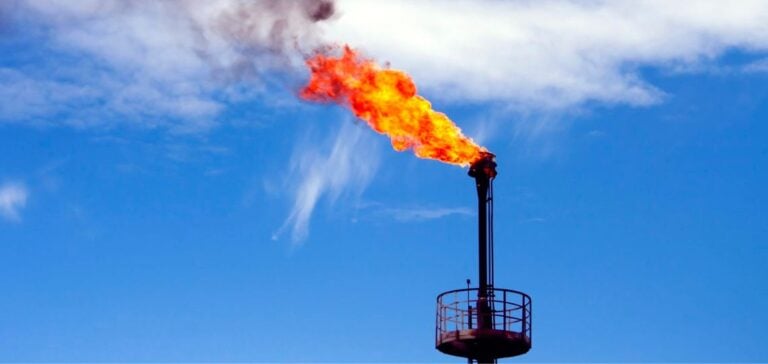On Wednesday, MEPs endorsed a text aimed at reducing methane emissions from hydrocarbon wells and coal mines by 30% by 2030. The measure, adopted in plenary session by a large majority of 530 votes in favor, 63 against and 28 abstentions, is the first EU legislation specifically targeting methane.
Comments and feedback
“The EU is finally tackling the second biggest culprit (of global warming), and this is also an improvement in air quality and a strengthening of European energy sovereignty,” said MEP Jutta Paulus (Greens), co-rapporteur of the text. The commitments made at COP26 in Glasgow in 2021 underpin this legislation, which puts the EU on track to meet its climate targets.
Implications of the new regulations
The regulation will require operators of oil and gas wells and coal mines to carry out frequent inspections to assess their methane emissions. It will also require immediate repair of any leaks detected. Flaring, the practice of burning gas directly at the well, will be banned by 2027 for hydrocarbon platforms and by 2031 for coal mines, barring exceptions for repairs or safety reasons.
Reduction strategies and monitoring
Member States will have to inventory inactive or abandoned wells, draw up mitigation plans and closely monitor emissions from active and decommissioned mining sites. “Methane was the blind spot in our climate policies. Now we’re tackling not only EU emissions, but also those from our fossil fuel imports,” stressed Pascal Canfin (Renew, Liberals), co-rapporteur and chairman of the Environment Committee.
With this legislation, the EU is taking decisive action against methane emissions, reinforcing its climate policies and setting a new milestone in the fight against climate change. By 2027, importers of hydrocarbons and coal will also have to certify compliance with European standards, which could transform global extraction practices.






















